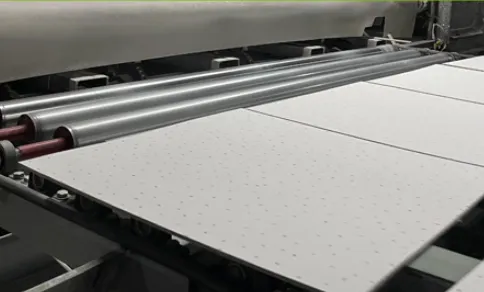gypsum ceiling 2 * 2
-
...
PVC laminated ceiling panels are exceptionally durable, resisting moisture, mold, and mildew, making them an ideal choice for areas prone to humidity, such as bathrooms and kitchens. Unlike wood or plaster, PVC does not warp or crack over time, ensuring that it retains its appearance and functionality for years. Additionally, maintenance is a breeze; the panels can be easily wiped down with a damp cloth and mild detergent to remove dust and stains. This low-maintenance characteristic makes them a favored option for busy households and high-traffic commercial spaces.
pvc laminated ceiling panel

...




